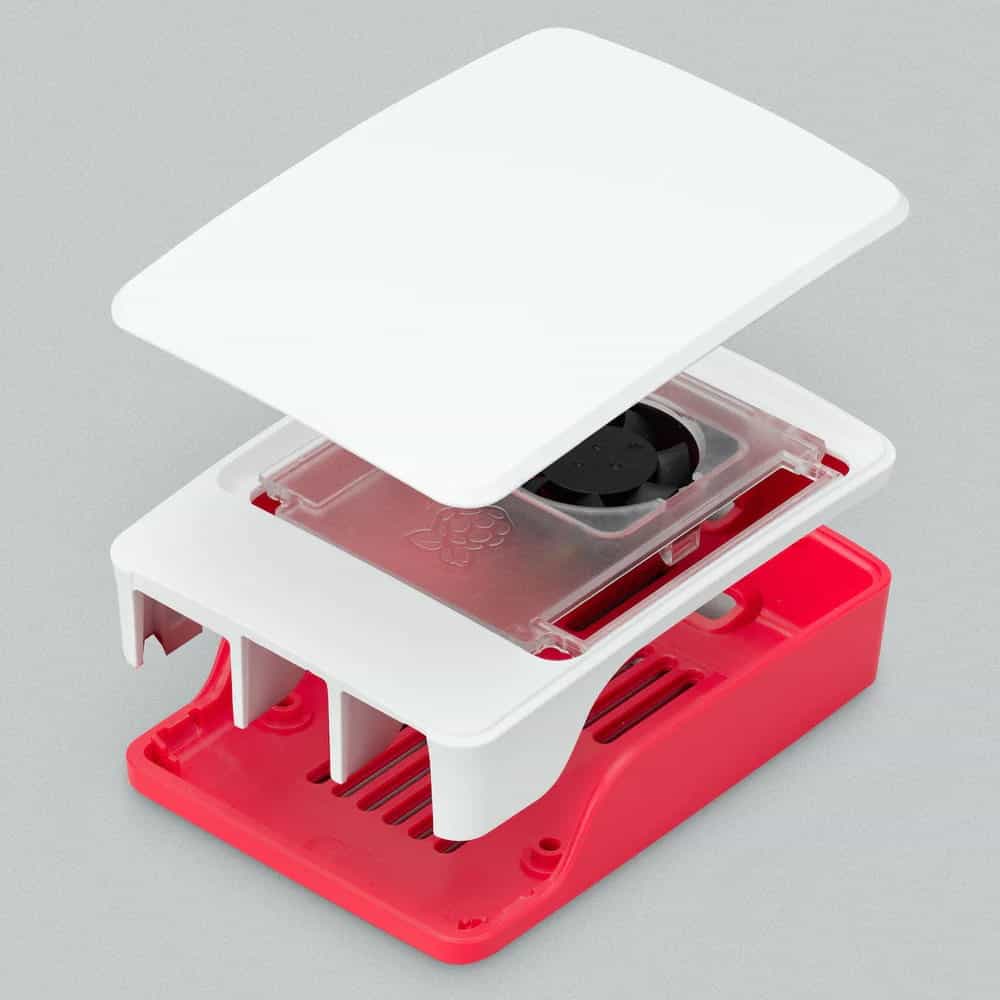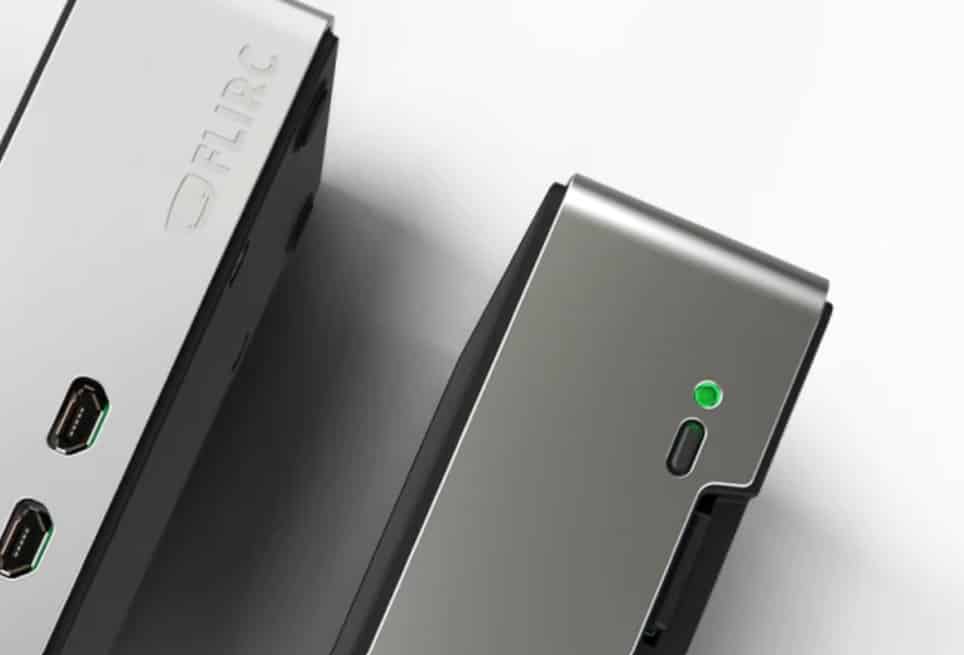Video Gamer is reader-supported. When you buy through links on our site, we may earn an affiliate commission. Prices subject to change. Learn more
You’ll want one of the Best Raspberry Pi cases to keep your compact computer protected and cool.
Raspberry Pi 5’s release date has passed, and it has already proven its popularity by selling out almost immediately. This is no surprise either, if you look at the Raspberry Pi 5 vs Pi 4 you’ll see significantly improved specs for a barely increased price. If you were lucky enough to place your order you will likely be looking for the right case to house your brand-new mini-computer.
Raspberry Pi computers are built to be tinkered with and personalised, and so the cases you can use for them come in a huge variety, each one suited to a different need. There’s a sizeable range out there in terms of both size, practicality and aesthetic. This can make finding the right for you a daunting endeavour. That’s where we come in.
We’ve got picks in a range of options, focusing primarily on Raspberry Pi 4, while we wait for more Pi 5 cases to be released, likely after Raspberry Pi 5s shipping date. Let’s get into the list.
Best cases for Raspberry Pi 4
Raspberry Pi is committed to making its devices as accessible as possible. These tiny credit card-sized computers are able to be taken with you on the go and just need a monitor and external inputs to run. As a result of this plug-in-and-go approach, all computers in the Raspberry Pi series will actually work without a PC case at all. In fact, in its original iteration, it was intended to be used without a case, to grant unrestricted access to the internal components for curious users.
Since then, however, it has become pretty commonplace to get a case for your Raspberry Pi, and doing so does offer significant protection and performance benefits for you. This has led to a market for cases appearing, with both official and unofficial options available.
1. Argon Neo
Argon NEO

GPIO access?
Yes
Cooling
Passive heatsink
Dimensions
9.53 x 7.15 x 2.75cm
Weight
113 grams
- Effective passive cooling
- Affordable
- Professional look
- On the heavier side
The Argon NEO is a brilliant all-round case for your Raspberry Pi 4. Firstly it’s got a sturdy and sleek aluminium body, which keeps the computer itself well protected. On top of that, there is great access to all the connections you need, including a slot to house a camera.
This case also has some of the best passive cooling we have seen with the Raspberry Pi 4. An included thermal plate on the inside of the case is connected to the CPU and RAM units and allows the aluminium frame to disperse heat. This means you should be able to stay below that all-important 80 degrees throttle point, even when doing some quite demanding activities.
The construction is very simple with a magnetic cover going over the top. This can be easily removed if you want to access the internals and actually has to remain off if you intend to connect up a camera or a HAT module.
2. Official Raspberry Pi 4 Case
Official Raspberry Pi 4 Case

GPIO access?
Yes
Cooling
Space for fan
Dimensions
3.0 x 9.0 x 7.4 cm
Weight
1 gram
- Brilliant price
- Perfect fit for Raspberry Pi 4
- Could connectivity
- Does not ship with a fan
Just as you’d expect from Raspberry Pi itself, this official case is simple but effective. Firstly it fits the computer perfectly, ensuring your precious Pi is kept safe and secure. It’s also very easy to set up, with the two separate parts simply clicking together, without the need for screws. The physical look of the case is great, and a set of anti-slip feet ensures that your Raspberry Pi won’t accidentally go skirting off your desk.
This case also gives you great access to what you need from your Raspberry Pi 4 itself. There are cut-outs for those all-important inputs including dual micro HDMI, audio, video, USB and Ethernet. You can easily reach the USB-C power connector, and the activity lights remain in sight.
The case itself is fully compatible with an external fan but does not ship with one. We reckon it is worth buying the official fan, as this will significantly improve the thermal performance of your Pi 4. It also comes with a built-in heatsink for added cooling.
3. Retroflag NESPi 4
Retroflag NESPi 4

GPIO access?
No
Cooling
Cooling fan and heatsink
Dimensions
15 x 13 x 6cm
Weight
4 grams
- Brilliant look
- Compact
- Option to expand storage
- Complicated set-up
One of the most popular uses for Raspberry Pi 4 is as a retro game emulator. This case from Retroflag leans into that, and hard. The most obvious feature of this case is its look, so we should quickly address that first. With a surprising level of detail, this case recreates the look of the classic NES, right down to dimensions and colour scheme. This is a fun gimmick but the case itself is much more than that with powerful cooling and component design to boot.
A big selling point for this specific case is that it can house a 2.5-inch SSD, which actually slots into the case similarly to how an old-fashioned NES cartridge would go in. This significantly expands the storage capabilities of the Raspberry Pi 4.
Reto game emulation is a fairly demanding task to ask of your Raspberry Pi, it will be able to handle it, but only with powerful cooling. Fortunately, this case is loaded with them, coming with a copper heatsink each of which mounts to the CPU or RAM modules, as well as a customized aluminium cage housing an effective fan.
Best case for Raspberry Pi 5
Because the Raspberry Pi 5 came out so recently, we have only seen a couple of compatible cases being made available, and even then you can currently only pre-order them. Nevertheless, these cases do look very capable and are likely to be some of the more popular options.
1. Official Raspberry Pi 5 Case

This official case makes a number of improvements and optimizations on the already very capable official case for the Pi 4. This includes increases in cooling ability, which you’ll likely want to make use of, given the more powerful components.
On top of that you can, of course, expect a design that is perfectly suited to the Pi 5, including a slot to access the brand-new power button. Construction is kept simple, and screwless and you can pick between the classic red/white, or black/grey colourways. You pre-order the case through The Pi Hut.
2. Flirc Raspberry Pi 5 case

This sleek case for Flirc is also designed specifically with the Raspberry Pi 5 in mind and is available for pre-order now. This is another example of an affordable, sleek and efficient case that grants you access to all the important ports on your Pi 5.
The look is sleek and metallic and there’s native support for the brand new power button. You can also see the LED activity lights. For cooling there’s a built-in heat sink, and rubber pads on the bottom ensure your device won’t scratch up, or fall off, your table.
Things to consider
Raspberry Pi computers are so adaptable there are a few things you should make sure you keep in mind when looking for the best case.
Do you need GPIO / Camera / Display Access?
It is not uncommon for a Raspberry Pi case to limit, or potentially even fully block access to the GPIO pins. These pins are used for attaching expansion boards, or HATs. These allow you to add specific external components such as lights, sensors and motors.
Cooling
Raspberry Pi computers have thermal throttle points. If this temperature is exceeded you’ll start to see a noticeable dip in performance. Some cases are designed with cooling in mind, they’ll come with built-in fan and heat sink options. With one of these, you can be pretty sure to avoid that throttle point even under demanding workloads.
If you intend to use your Pi for less intense purposes, cooling doesn’t need to be such a primary concern and you will likely be fine with a passive cooling option.

